Drought creating dead spots on parks spaces in Colorado Springs
COLORADO SPRINGS, Colo. (KRDO) -- Drier-than-normal spring weather has been detrimental to lawns at many parks in Colorado Springs.
The best example is at America the Beautiful Park near downtown, where the lawn is covered with brown, dead and bare spots, and other grassy areas are in the same condition.

Memorial Park also is among the hardest-hit areas.

City officials said that April was one of the driest on record and that affected park lawns as grass started to grow and turn green for spring -- when they need water the most.
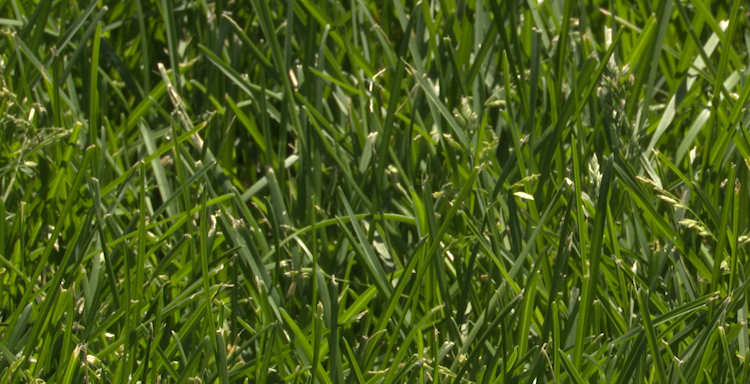
City workers began irrigating ATB Park in late April and that process has continued regularly; the park lawns have also been aerated, fertilized and heavily seeded to promote recovery.
Other affected parks are receiving similar treatment.
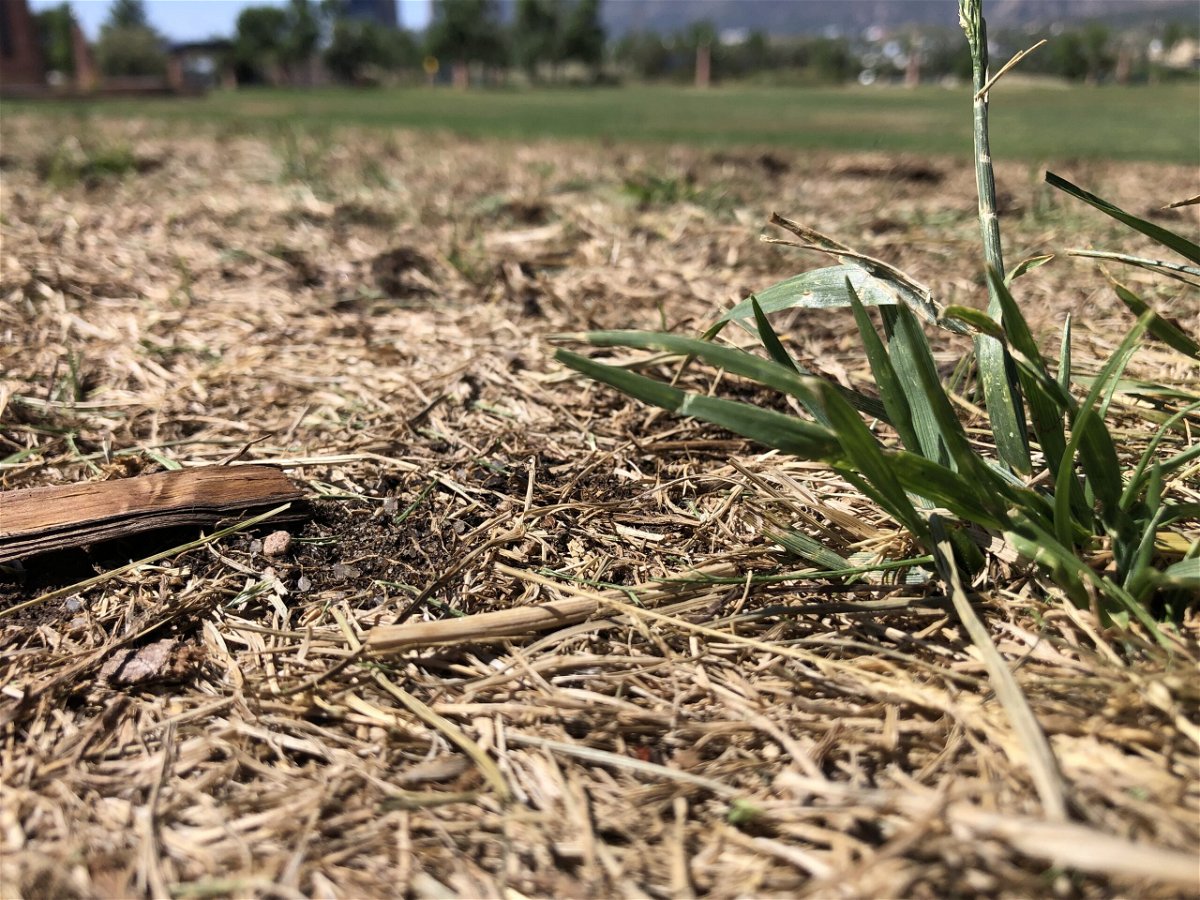
"Mother Nature and time are what we need for recovery," said Eric Becker, the city's acting manager for parks maintenance and operations. "Given good conditions, those lawns can recover in three to five weeks -- if you can keep people off it. Looking around our parks system, it was hard to figure out a rhyme or reason why some parks were hit harder than others."
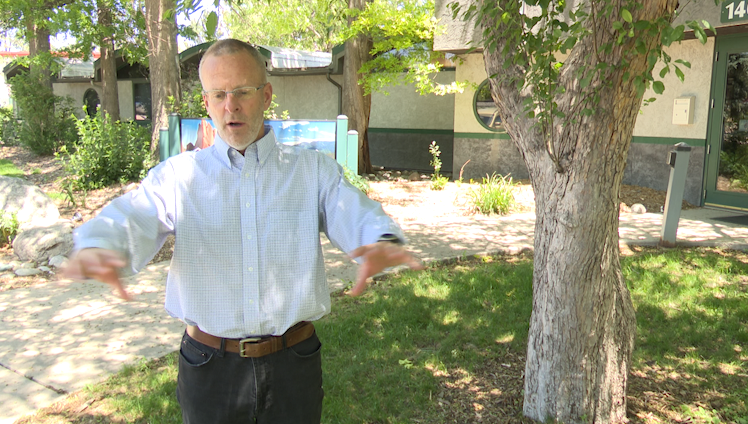
Becker said that this season's drought damage is the worst he's seen in his 25 years on the job, and park visitors expressed surprise about the situation Wednesday.
“I brought my grandkids to (ATB) park to play," said Janet Steele. "And it is very dry. It’s prickly. It’s very thin, and it’s sad to see all the brown spots."
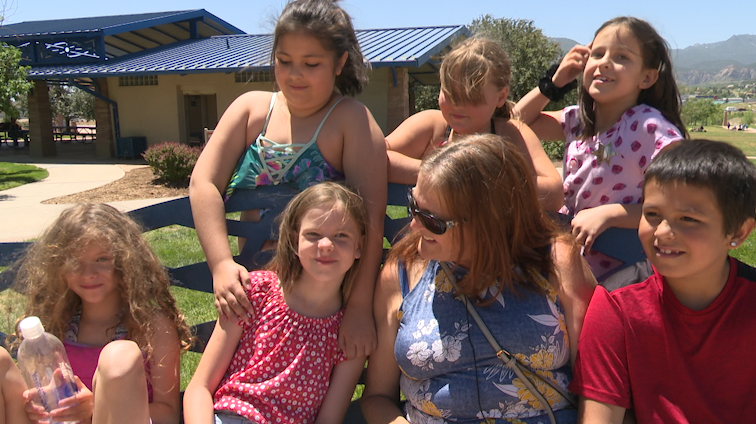
Jenny Campbell and her son, Greyson, were also at the park and noticed the conditions.
"I think there’s a bigger problem that’s impacting this," she said. "I think global warming is definitely real and we're seeing evidence of it. We're not doing enough about it."
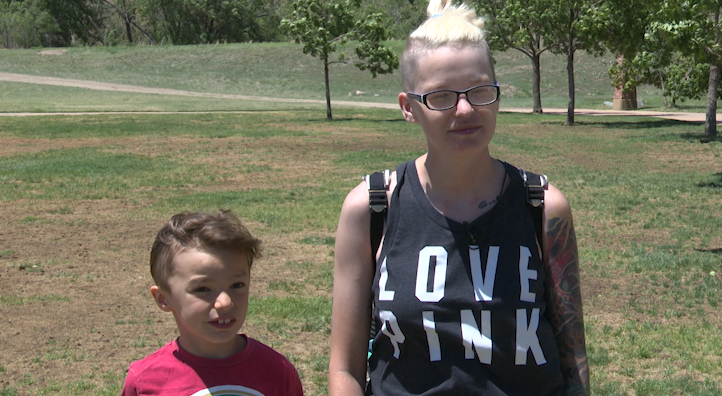
The ATB Park grass will get a real test this upcoming weekend because it will be the site of the city's Juneteenth holiday and celebration.
"We won't be able to water it for a few days, which won't help the seed we planted there," Becker said. "It's one of our most popular parks. We just ask that people avoid walking on or sitting on the bare areas."
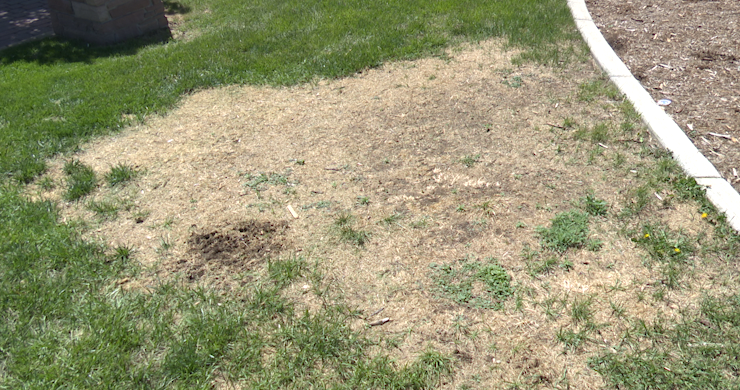
Becker explained that planting sod on the affected areas is too expensive and would require more water use, and planting native grasses -- as was done at the Legacy Loop Trailhead on Fontanero Street -- wouldn't work on athletic fields or heavily-used parks like ATB and Memorial.
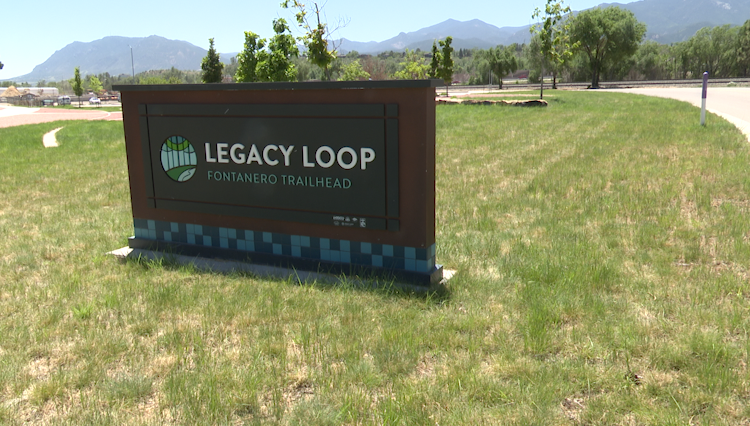
"We spend around $1.3 million annually for our watering needs," he said. In the past we've had to spend more but not in the past few years. We've been able to stay within our allocation. Those most popular parks and those that have drought damage are exempt from most water restrictions."
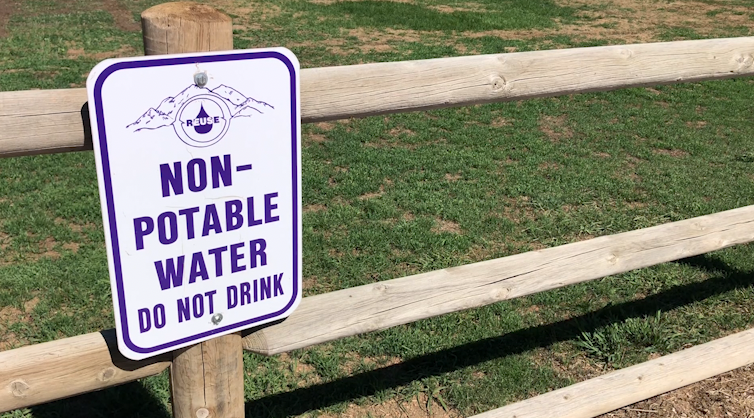
Becker said that drought-affected parks will be watered more often and for longer time periods.
